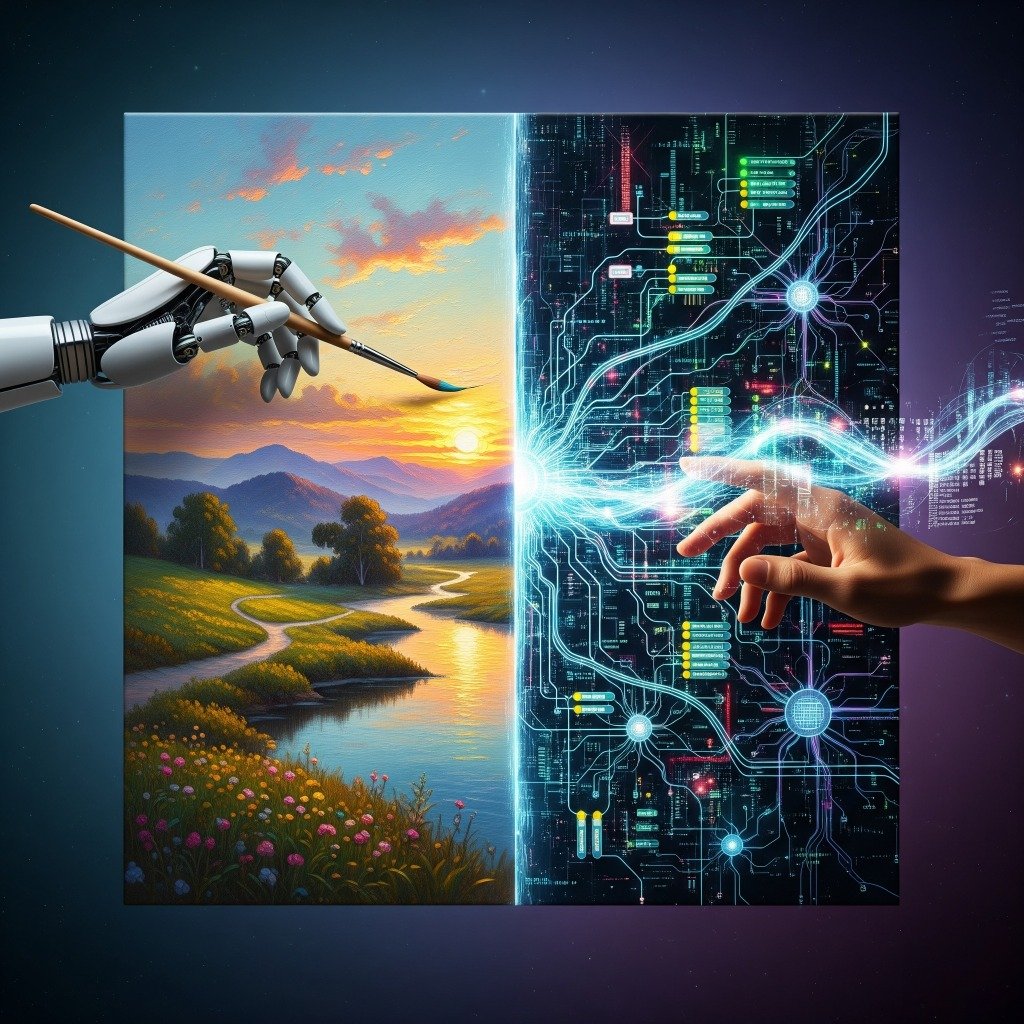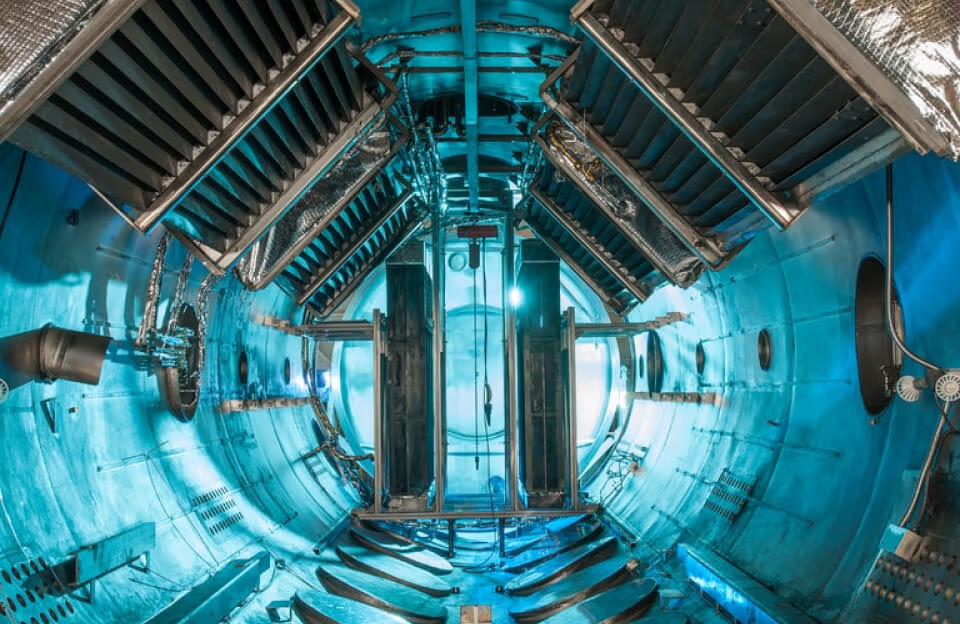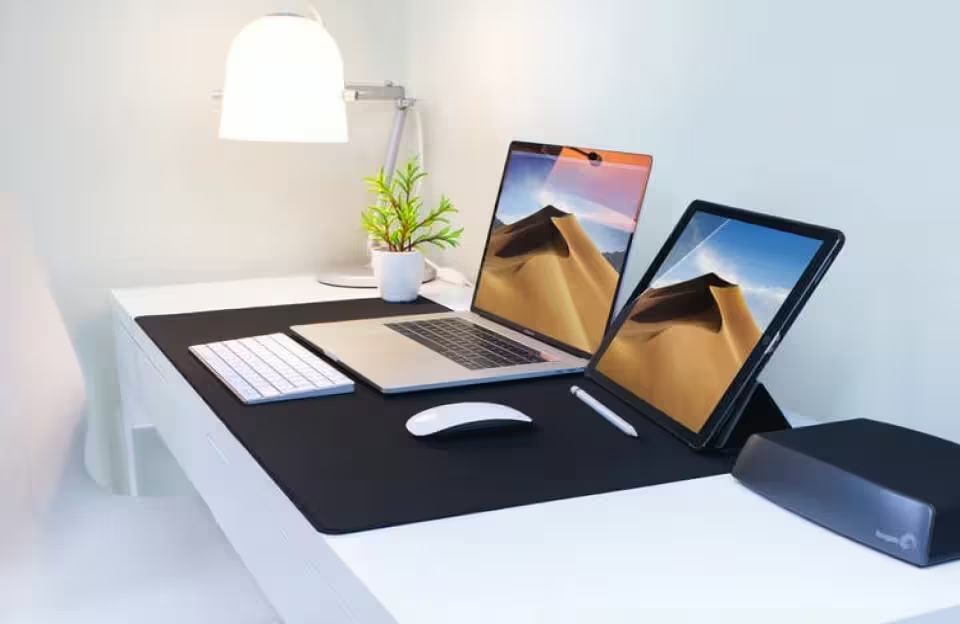The intersection of artificial intelligence and artistic expression has given birth to a revolutionary form of creativity: AI painting. This technological marvel transforms text prompts into stunning visual art, challenging our understanding of creativity and authorship. As algorithms learn to mimic artistic styles and generate original compositions, we’re witnessing a fundamental shift in how art is created, appreciated, and valued in our digital age.
In this comprehensive exploration, we’ll dive into the technical foundations of AI art generation, showcase leading tools reshaping the creative landscape, examine pressing ethical questions, and glimpse into the future of this rapidly evolving field. Whether you’re an artist curious about new mediums or a technology enthusiast fascinated by creative AI applications, this journey through the world of AI painting offers valuable insights into a phenomenon that’s redefining artistic boundaries.
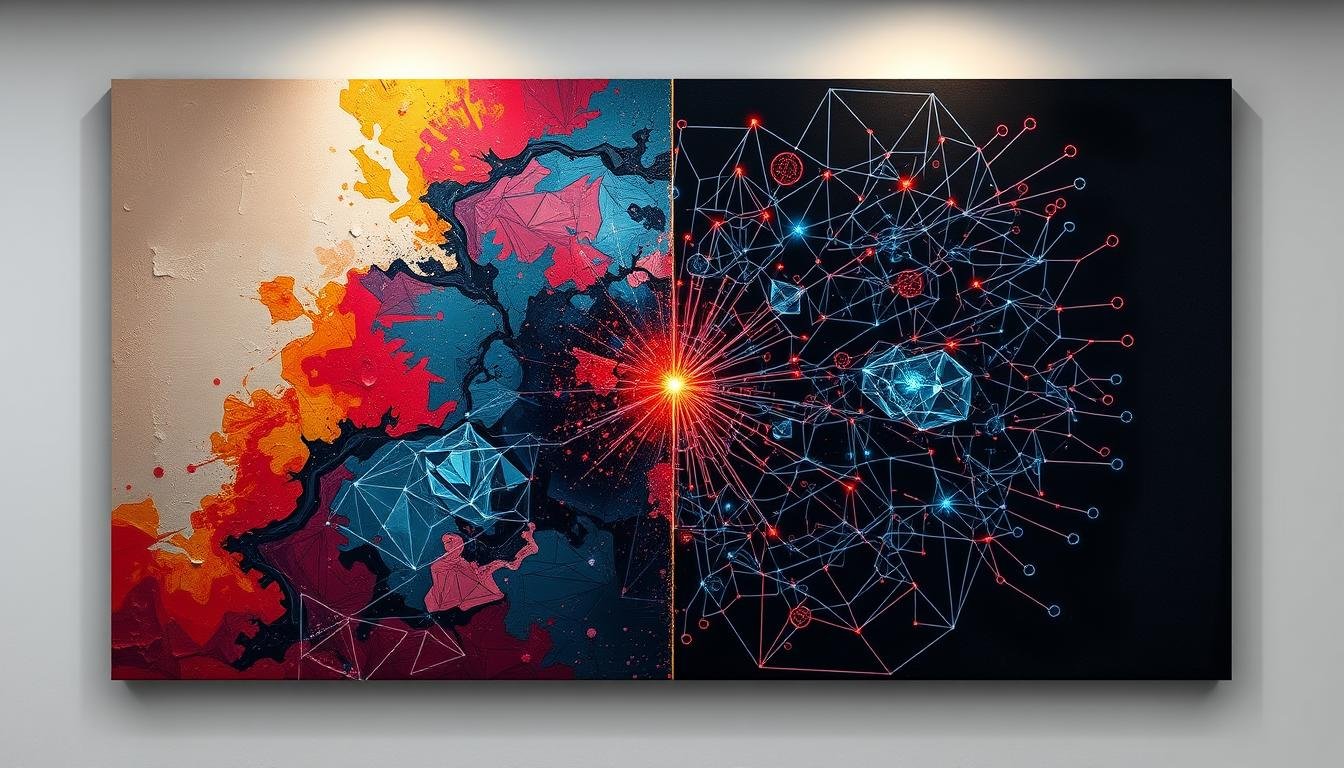
Technical Foundations of AI Painting
AI painting represents the culmination of decades of research in machine learning, computer vision, and computational creativity. Understanding how these systems work reveals both their capabilities and limitations.
Machine Learning Models Behind AI Art
At its core, AI painting relies on sophisticated machine learning models trained on vast datasets of images. These models learn patterns, styles, and visual relationships by analyzing millions of artworks and photographs. Unlike traditional computer graphics that follow explicit programming rules, AI painting systems develop their own internal understanding of visual elements.
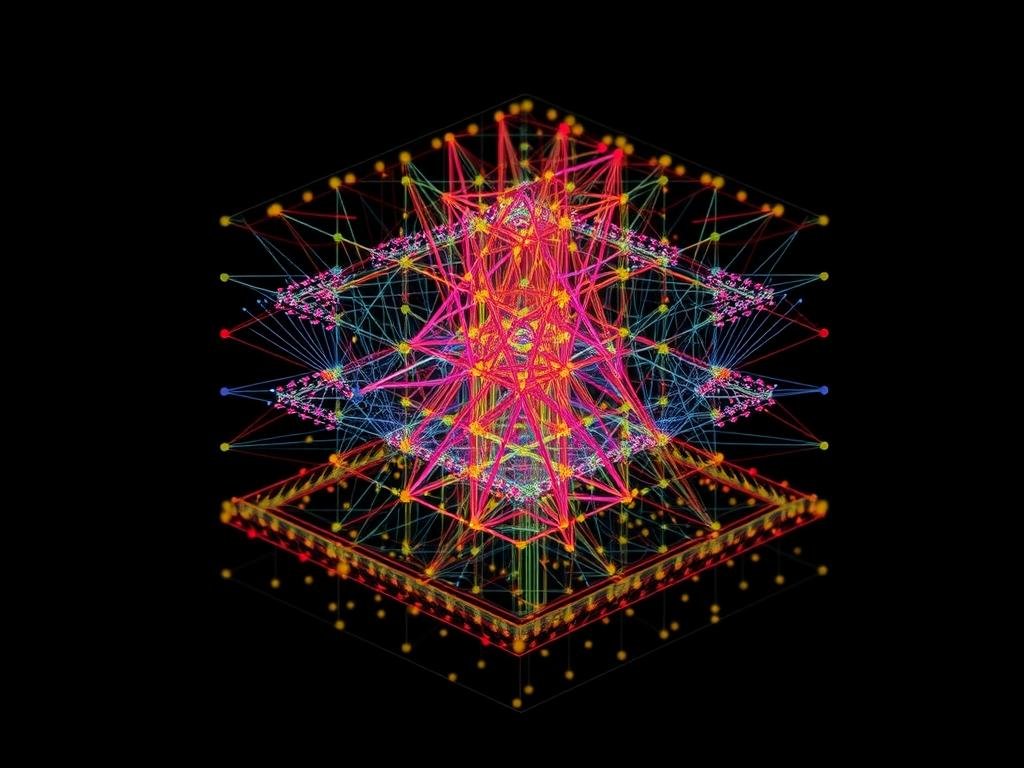
Generative Adversarial Networks (GANs)
GANs represent one of the most influential architectures in AI art creation. These systems consist of two competing neural networks: a generator that creates images and a discriminator that evaluates them. The generator attempts to produce increasingly convincing images while the discriminator becomes more adept at identifying AI-generated content. This adversarial process drives rapid improvement, resulting in increasingly realistic and creative outputs.
Diffusion Models: The Latest Revolution
The most recent breakthrough in AI painting comes from diffusion models, which have largely supplanted GANs in commercial applications. These models work by gradually adding noise to training images and then learning to reverse this process. By starting with random noise and progressively removing it according to learned patterns, diffusion models can generate highly detailed and coherent images based on text descriptions.
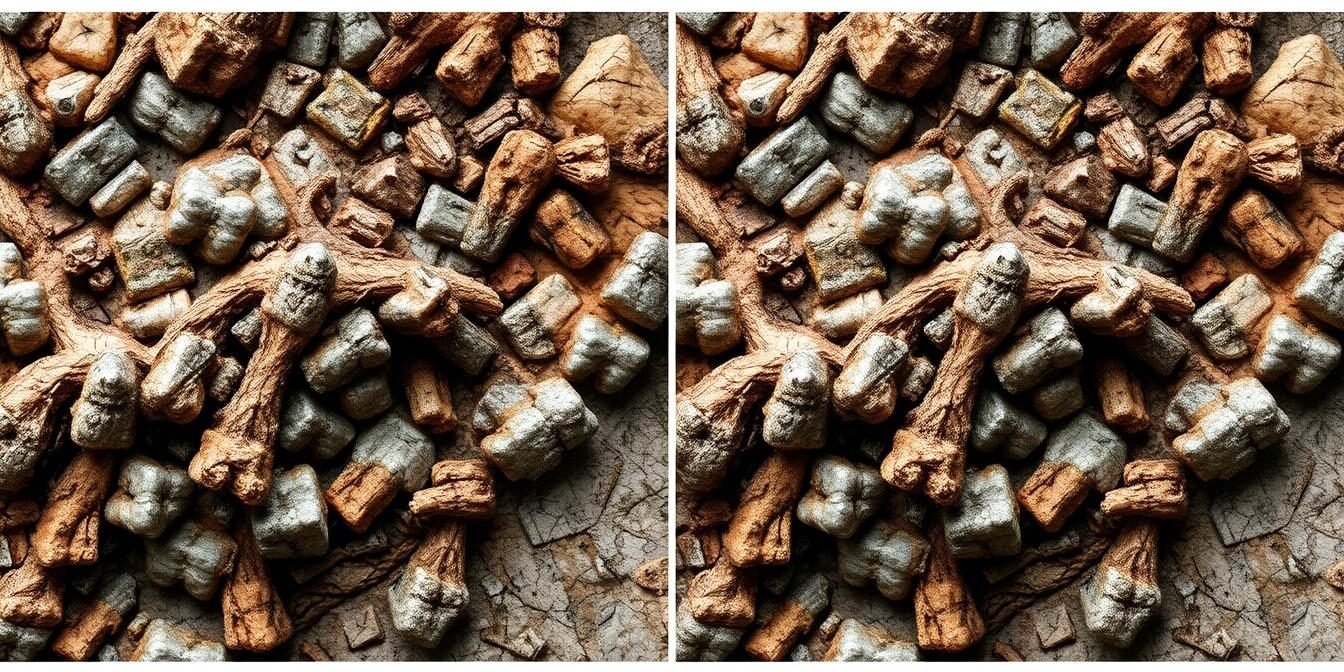
Neural Style Transfer
Another technique fundamental to AI painting is neural style transfer, which separates content from style in images. This approach allows the application of one image’s artistic style to the content of another. While simpler than generative models, neural style transfer offers intuitive control over artistic rendering and has become a staple feature in many AI art applications.
Ready to Explore AI Art Creation?
Discover how these technical foundations translate into user-friendly tools that anyone can use to create stunning AI-generated artwork.
Popular AI Painting Tools Showcase
The theoretical foundations of AI art have been implemented in various user-friendly platforms, each with unique strengths and artistic capabilities. Let’s explore the most influential tools shaping the AI art landscape.
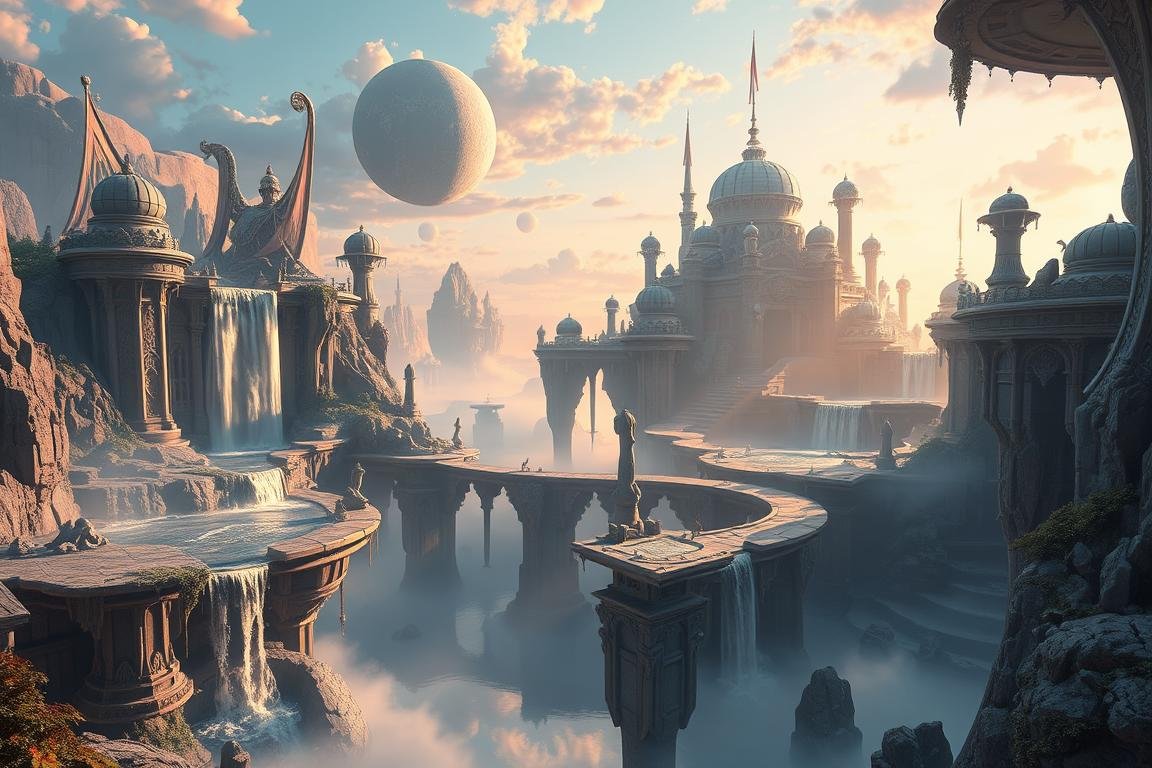
DALL-E
Developed by OpenAI, DALL-E (now in its third iteration) pioneered text-to-image generation at scale. Known for its versatility and understanding of complex prompts, DALL-E excels at creating coherent scenes that follow detailed instructions. Its strength lies in compositional understanding and realistic rendering, though it tends toward a photographic aesthetic.
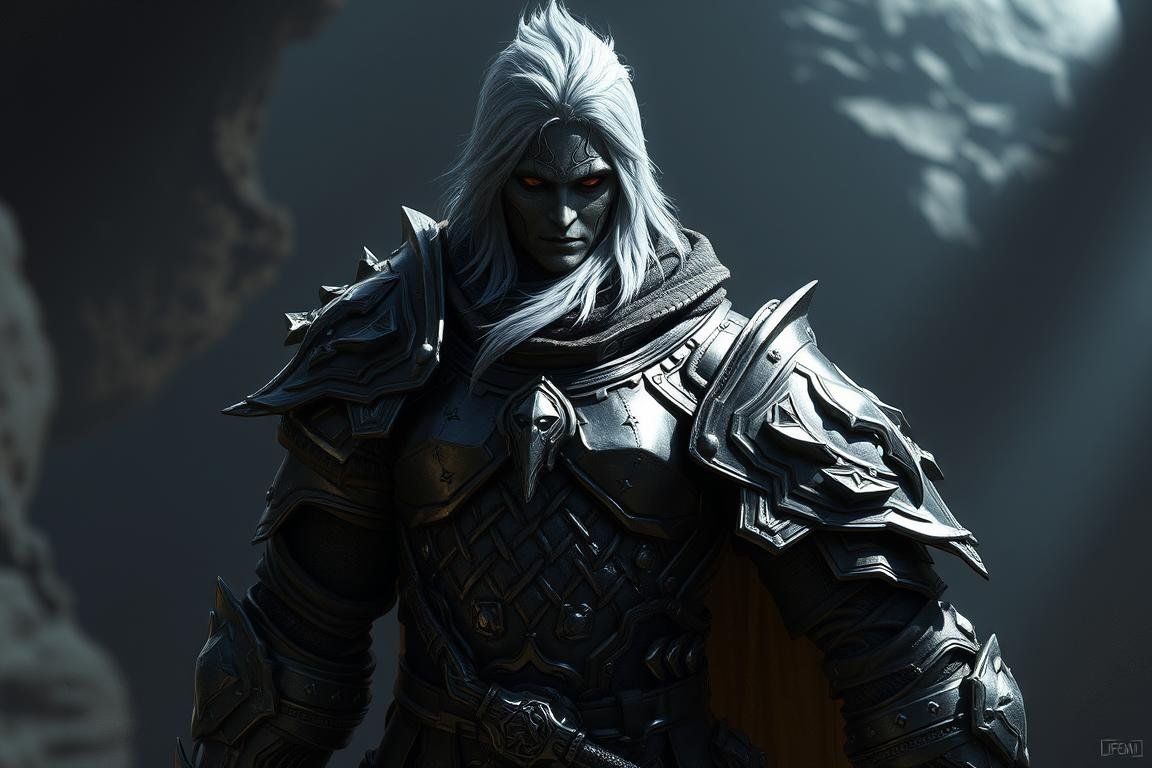
Midjourney
Midjourney has gained prominence for its distinctly artistic outputs that often resemble professional illustrations. Operating primarily through Discord, it excels at creating visually striking images with dramatic lighting, composition, and stylistic coherence. Many artists prefer Midjourney for its aesthetic quality and the “painterly” feel of its generations.
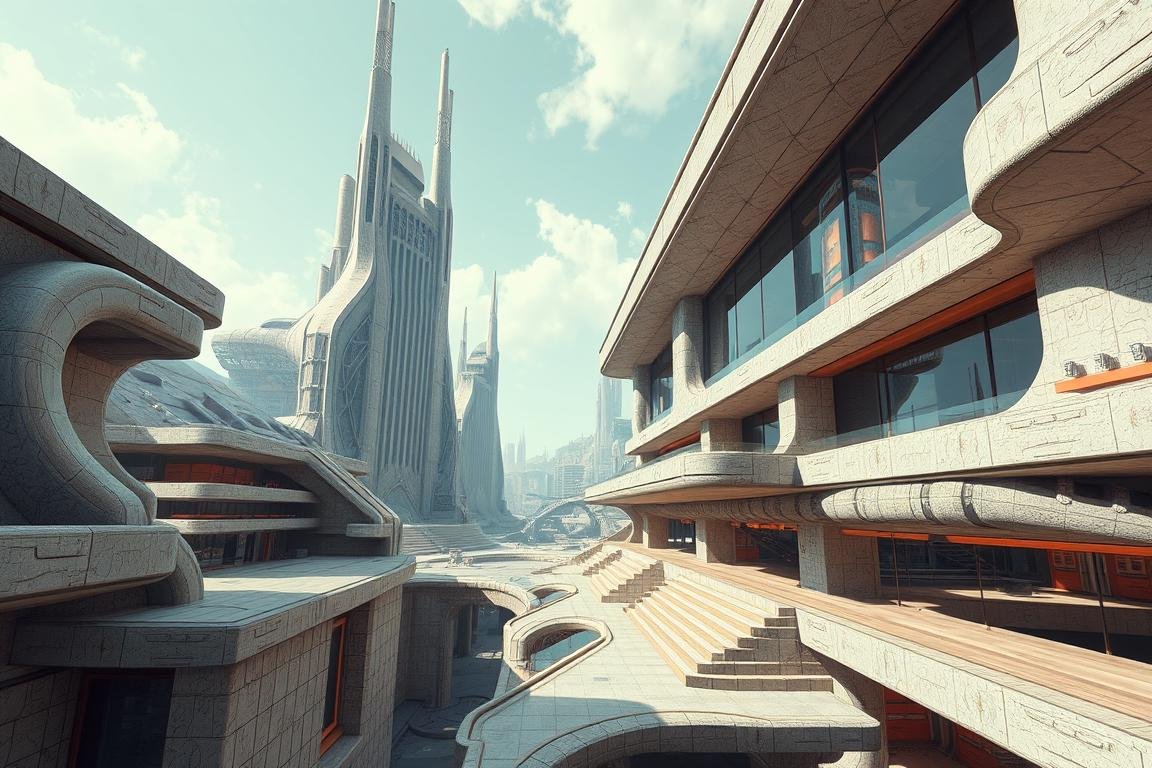
Stable Diffusion
Unlike its closed-source competitors, Stable Diffusion offers an open-source approach to AI art generation. This has fostered a vibrant ecosystem of customizations, fine-tuned models, and specialized applications. Users can run Stable Diffusion locally on their computers, offering greater privacy and control over the generation process.
Specialized AI Painting Applications
Beyond these major platforms, specialized tools address specific creative needs:
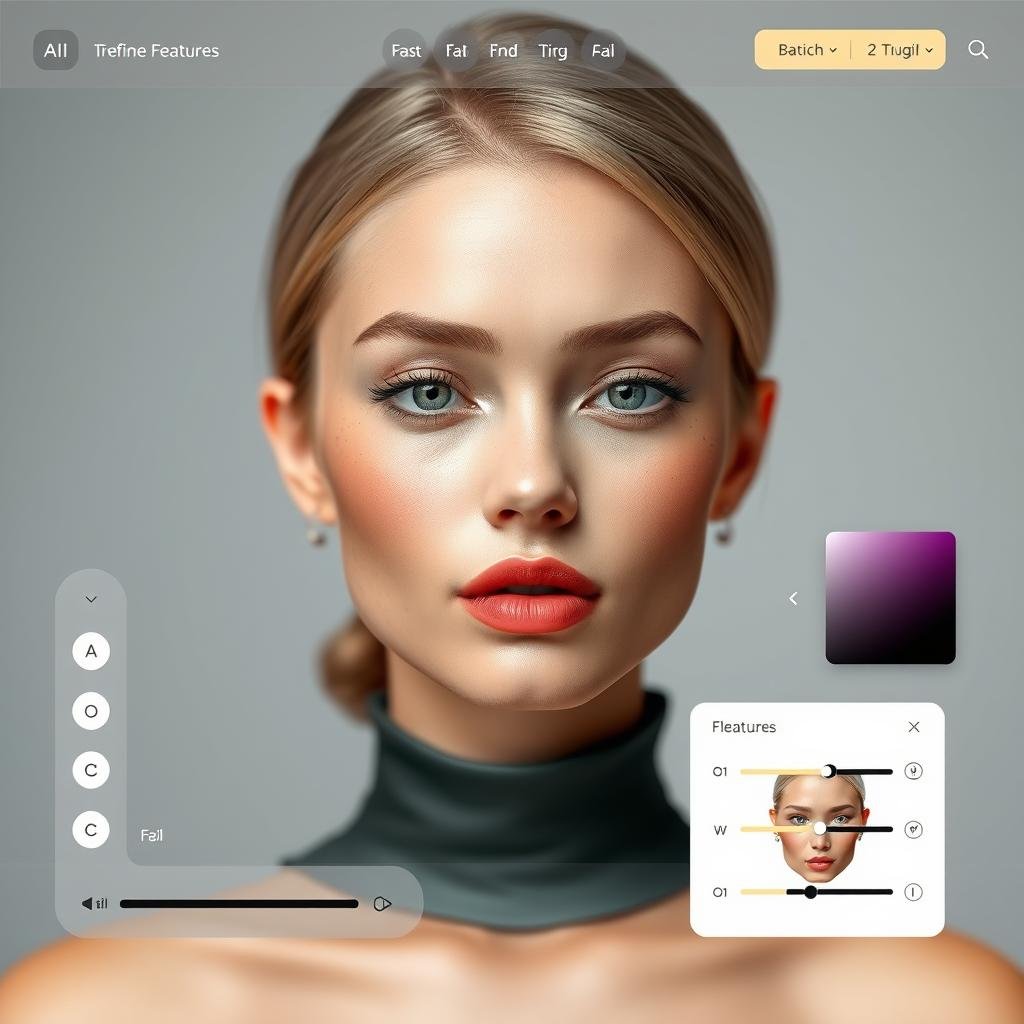
Portrait Specialists
Tools like Artbreeder and Portrait AI focus specifically on human faces, allowing fine-grained control over features, expressions, and stylistic rendering. These specialized applications excel at creating consistent characters and emotional portraits.

Style Transfer Applications
Apps like Prisma and Deep Dream Generator focus on applying artistic styles to existing photographs. These tools are particularly accessible to beginners and those looking to transform personal photos into stylized artwork without creating entirely new compositions.
Comparing AI Painting Workflows with Traditional Art
| Aspect | Traditional Painting | AI Painting |
| Ideation Process | Sketches, references, mental visualization | Text prompts, reference images, iterative refinement |
| Technical Skill Required | Years of practice in medium-specific techniques | Prompt engineering, understanding of model capabilities |
| Creation Time | Hours to months depending on complexity | Seconds to minutes for generation, plus refinement time |
| Iteration Process | Physical changes, often destructive to previous state | Non-destructive, can generate multiple variations quickly |
| Material Constraints | Limited by physical materials and space | Limited by computational resources and model capabilities |
Curious About the Ethics of AI Art?
As these powerful tools become more accessible, important questions arise about authorship, copyright, and the future of human creativity.
Ethical Dimensions of AI Painting
The rapid advancement of AI painting technology has outpaced our ethical frameworks, raising profound questions about creativity, authorship, and the future of artistic expression.
The Copyright Conundrum
AI art models are trained on vast datasets of existing artwork, often without explicit permission from the original creators. This raises questions about whether AI-generated images constitute derivative works and who holds rights to the output. Recent legal cases have begun addressing these issues, with courts generally leaning toward considering AI outputs as new works rather than derivatives, though this remains contentious.
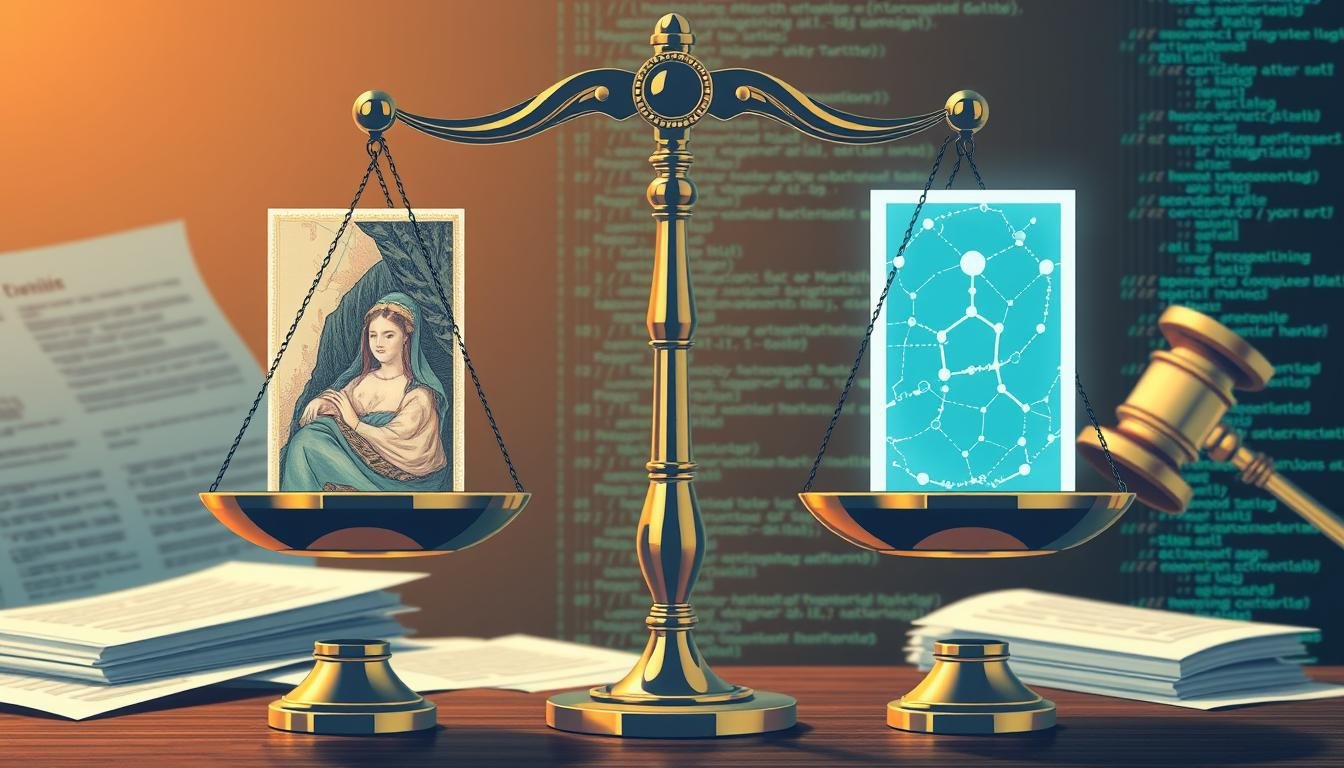
Human vs. Machine Authorship
Who is the true creator of an AI-generated painting? The person who wrote the prompt? The AI model? The developers who built the system? Or the artists whose work trained the model? This question challenges traditional notions of authorship and creative expression. Many argue that prompt engineering is itself a creative skill, while others contend that meaningful art requires human intent and emotional investment that AI fundamentally lacks.
Arguments Supporting AI as Creative Tool
- AI extends human creativity rather than replacing it
- Prompt engineering requires artistic vision and skill
- Democratizes art creation for those lacking technical skills
- Creates new artistic possibilities impossible with traditional methods
- Humans curate and select from AI outputs, maintaining creative control
Arguments Against AI as True Art
- Lacks authentic human emotion and intent
- Trained on uncredited human works without compensation
- Devalues technical skill and artistic training
- May homogenize artistic styles through statistical averaging
- Separates creation from deeper human experience and meaning
Economic Impact on Artists
The accessibility of AI painting tools raises concerns about their impact on professional artists’ livelihoods. Commercial illustrators, concept artists, and digital painters may face competition from AI systems that can produce similar work in seconds rather than days. Conversely, some artists have embraced these tools to enhance their workflow, using AI for ideation and base compositions while adding personal touches and refinements.
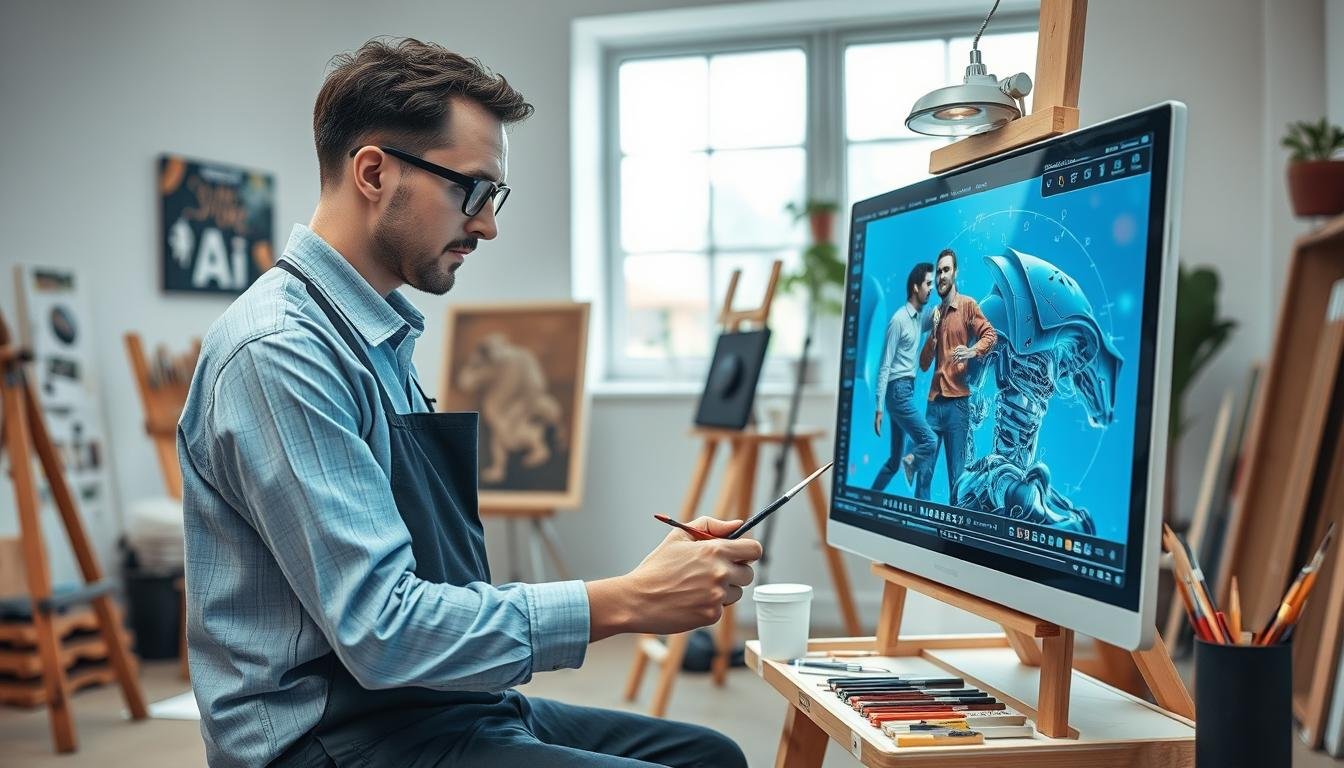
Originality and Value in the Age of AI
When images can be generated instantly and infinitely, how do we determine artistic value? The art world has traditionally valued originality, scarcity, and technical virtuosity—all concepts challenged by AI painting. Some argue that as AI art becomes ubiquitous, human-created art may increase in value precisely because of its authentic connection to human experience and limitation.
See AI Art in Action
Explore real-world case studies of how AI painting is being used in commercial and artistic contexts.
AI Painting in Practice: Case Studies
Moving beyond theoretical discussions, let’s examine how AI painting is being applied in real-world contexts, from commercial applications to fine art galleries.
Case Study 1: “Edmond de Belamy” – The First AI Artwork at Auction
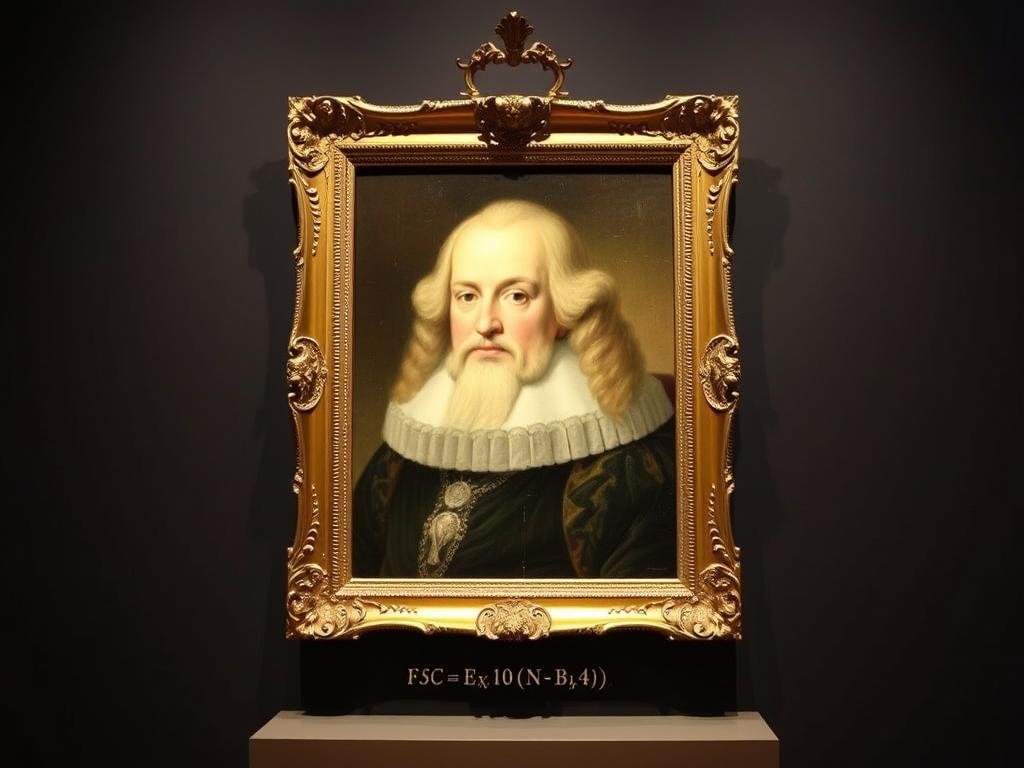
In 2018, Christie’s auction house sold “Portrait of Edmond de Belamy,” created by the Paris-based collective Obvious using a GAN algorithm. The piece sold for $432,500, dramatically exceeding its estimated value and marking the first AI-generated artwork sold at a major auction house. The portrait, depicting a fictional nobleman, features a distinctive mathematical formula as its signature.
This sale sparked intense debate about the value and legitimacy of AI art in traditional art markets. Critics noted that the algorithm used was largely developed by artist Robbie Barrat, raising questions about attribution and originality. Nevertheless, the sale established a precedent for AI art in the fine art world and demonstrated market interest in this emerging medium.
Case Study 2: Midjourney in Commercial Design
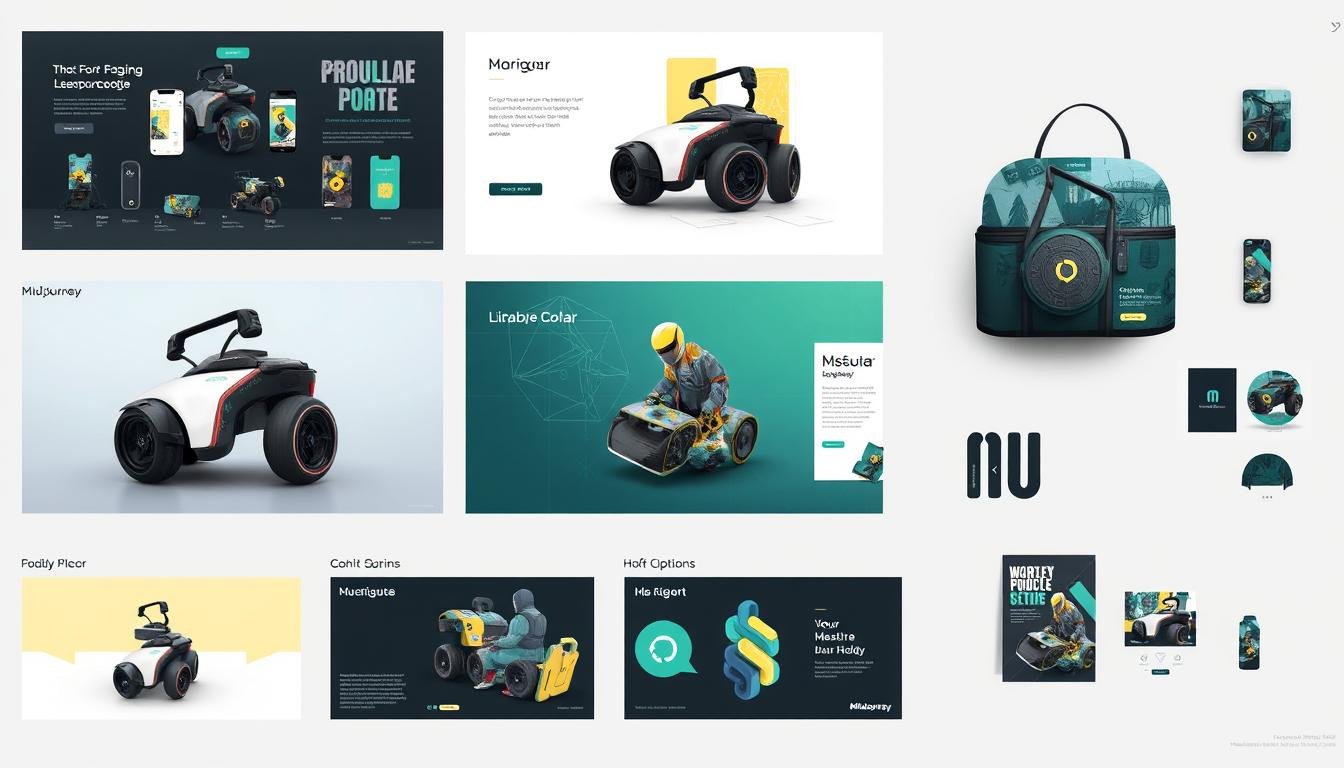
Design agency Superhuman has integrated Midjourney into their creative workflow for client projects ranging from brand identity to product design. Rather than replacing designers, the agency uses AI painting as an ideation tool that allows rapid exploration of visual concepts before refinement by human designers.
In one notable project, the team generated over 200 concept variations for a beverage brand in a single day—a process that would have taken weeks with traditional methods. The final designs combined AI-generated elements with human refinement, resulting in a unique aesthetic that the client described as “unexpected yet perfectly aligned with our brand values.” This hybrid approach demonstrates how AI painting can enhance rather than replace human creativity in commercial contexts.
Case Study 3: AI Painting in Film Production
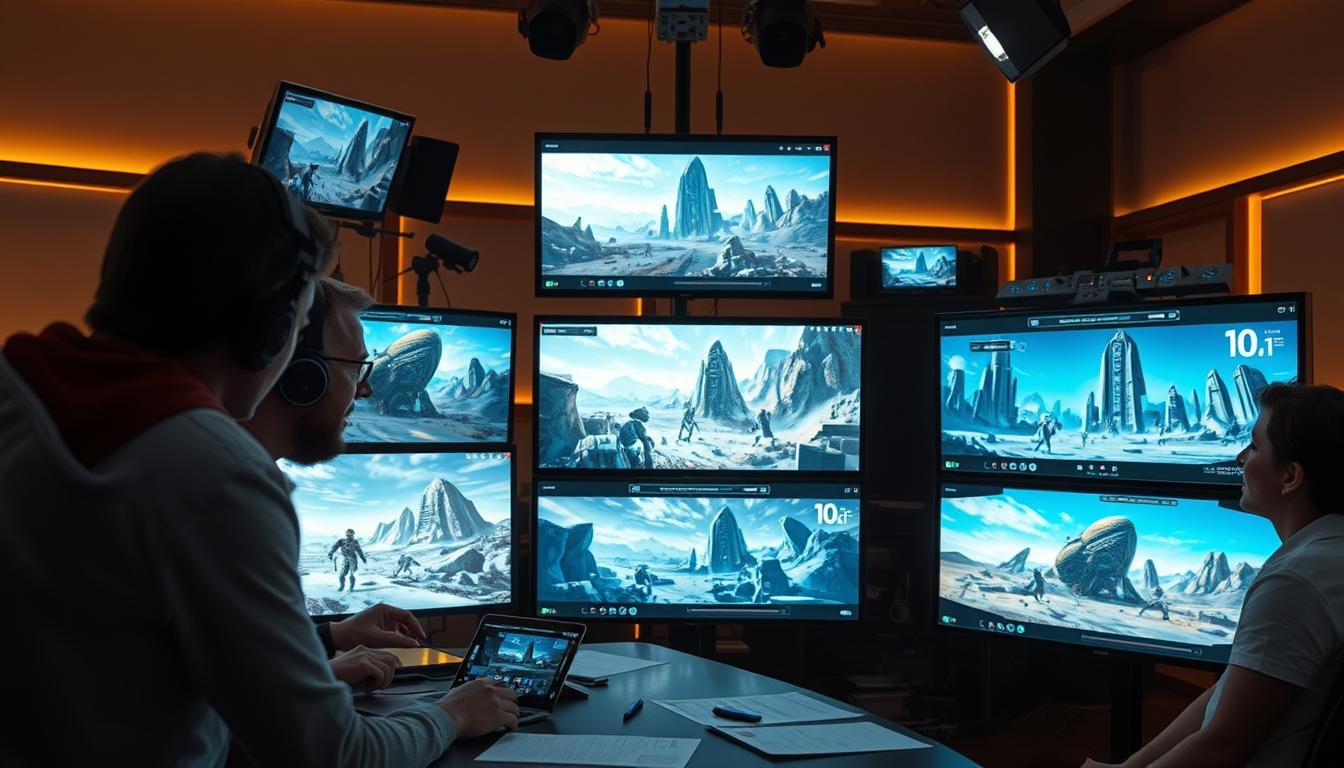
Independent filmmaker Jordan Peele has incorporated Stable Diffusion into his pre-production process, using AI painting to rapidly visualize scenes and develop the visual language for upcoming projects. This approach allows exploration of visual concepts without the expense of hiring multiple concept artists or the time constraints of traditional storyboarding.
For a recent science fiction project, Peele’s team generated hundreds of environment concepts, character designs, and mood pieces that informed the eventual production design. The director noted that AI painting allowed him to “communicate visual ideas that were difficult to articulate in words” and explore aesthetic directions that might otherwise have been overlooked. The final film maintains a distinctive visual style that began with AI exploration but was ultimately realized through traditional production methods.
Master AI Painting Techniques
Learn the technical parameters and approaches that can help you create more effective AI-generated artwork.
Technical Parameters: Mastering AI Painting
Creating effective AI art requires understanding the technical parameters that influence the generation process. This knowledge allows artists to move beyond basic prompts and exercise greater control over their creative vision.
Prompt Engineering Fundamentals
The art of crafting effective prompts has emerged as a crucial skill for AI artists. A well-constructed prompt considers several elements:
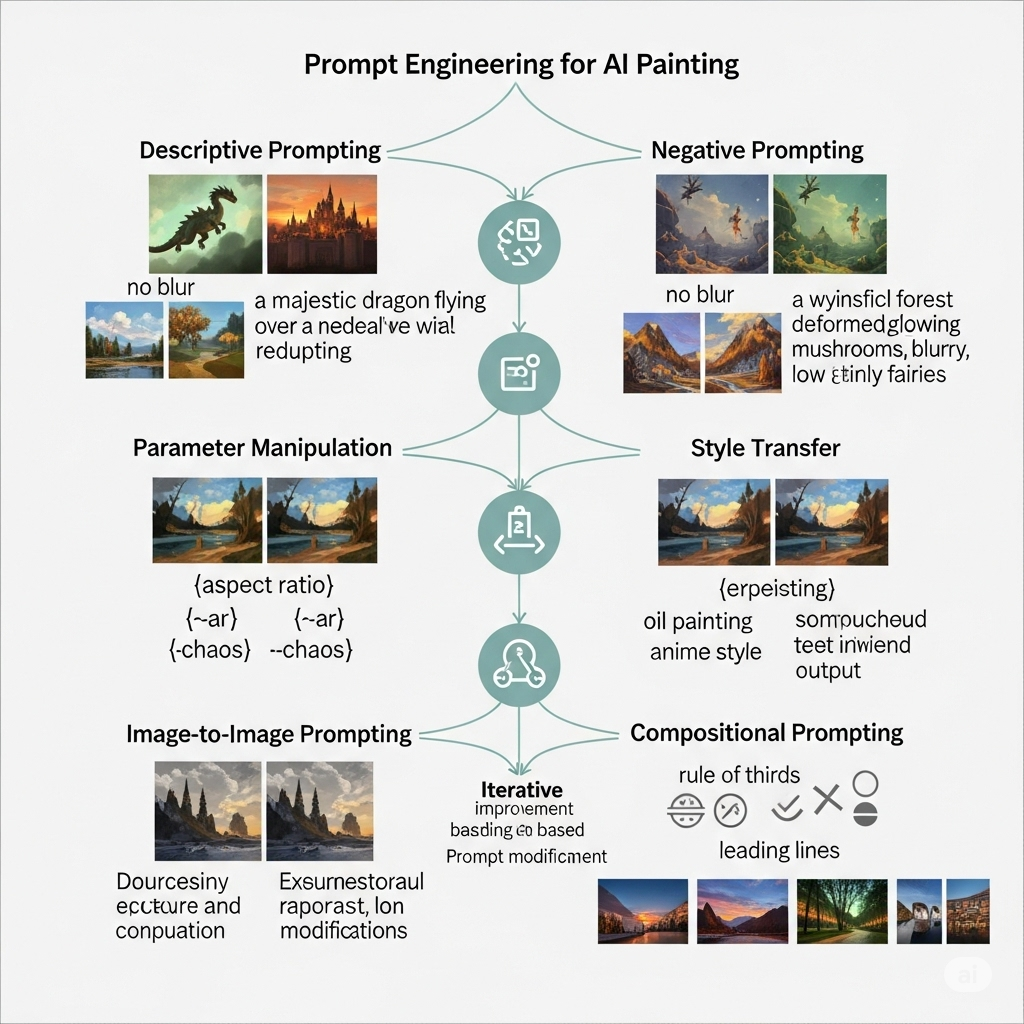
Subject Description
The core subject should be clearly defined, with specific details about appearance, setting, and action. For example, “a red fox” becomes “a photorealistic red fox with rust-colored fur, alert expression, sitting in dappled forest light.”
Style Specification
Reference specific art movements, artists, or visual styles to guide the aesthetic. For instance, “in the style of Monet’s impressionism” or “cyberpunk digital illustration with neon accents and high contrast.”
Technical Parameters
Include rendering details like “detailed textures,” “shallow depth of field,” or “dramatic lighting” to influence the technical execution of the image.
Composition Guidance
Direct the composition with terms like “wide-angle view,” “close-up portrait,” or “symmetrical composition” to control how elements are arranged in the frame.
Style Transfer and Fine-Tuning
Beyond basic prompting, advanced techniques allow for more precise control over artistic style:
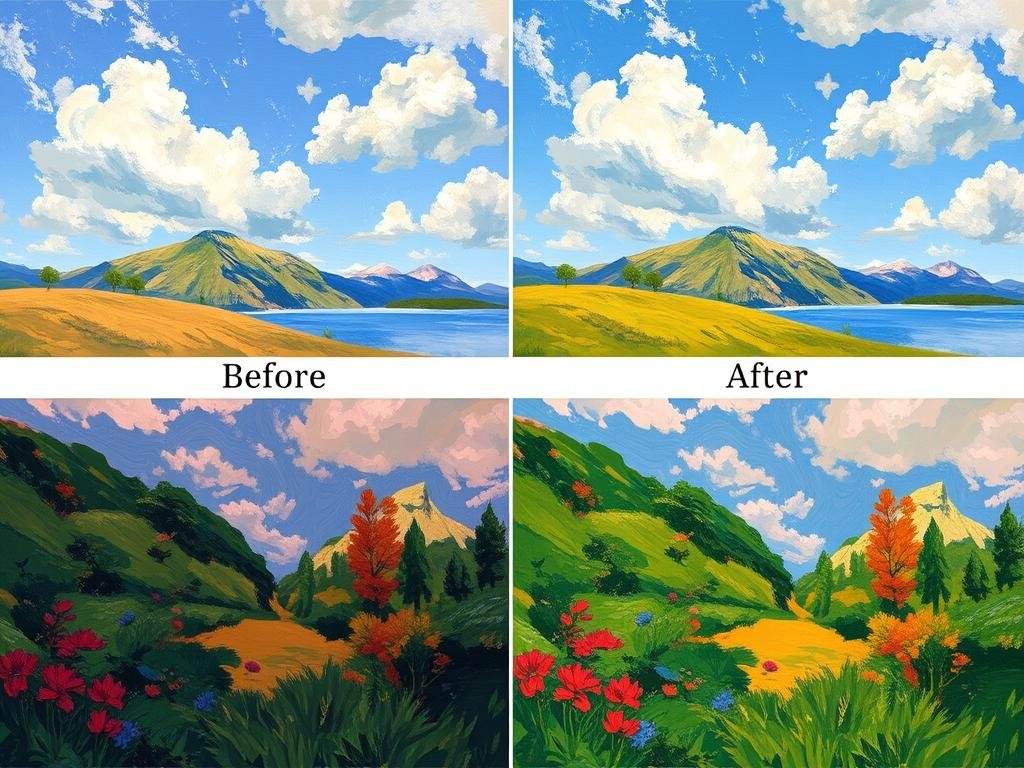
Reference Images
Many AI painting tools allow uploading reference images to guide style, composition, or content. This technique, often called “img2img,” provides more consistent results than text prompts alone.
Model Fine-Tuning
For consistent results in a specific style, artists can fine-tune models on curated datasets. This process essentially teaches the AI to specialize in a particular aesthetic or subject matter.
Resolution and Quality Settings
Technical parameters significantly impact the final output quality:
| Parameter | Function | Optimal Settings |
| Resolution | Determines image dimensions and detail capacity | 512×512 (standard), 768×768 (high quality), 1024×1024 (maximum detail) |
| Sampling Steps | Number of refinement iterations | 20-30 for draft images, 50-100 for final quality |
| Guidance Scale (CFG) | Controls adherence to prompt vs. creativity | 7-9 for balanced results, 12-15 for strict prompt adherence |
| Seed Value | Determines initial randomization | Fixed value for consistency across generations |
| Negative Prompts | Specifies elements to avoid | Common issues: “blurry, distorted, low quality, extra limbs” |
Looking to the Future of AI Art
Discover emerging trends and technologies that will shape the next generation of AI painting tools and techniques.
The Future of AI Painting: Emerging Trends
As AI painting technology continues to evolve at a rapid pace, several key trends are emerging that will likely shape its future development and integration into creative workflows.
AI and AR Integration
The convergence of AI painting with augmented reality presents exciting possibilities for interactive art experiences. Emerging applications allow users to generate AI artwork in real-time and place it in physical spaces through AR interfaces. This technology enables site-specific virtual installations, interactive galleries, and dynamic art that responds to environmental factors.
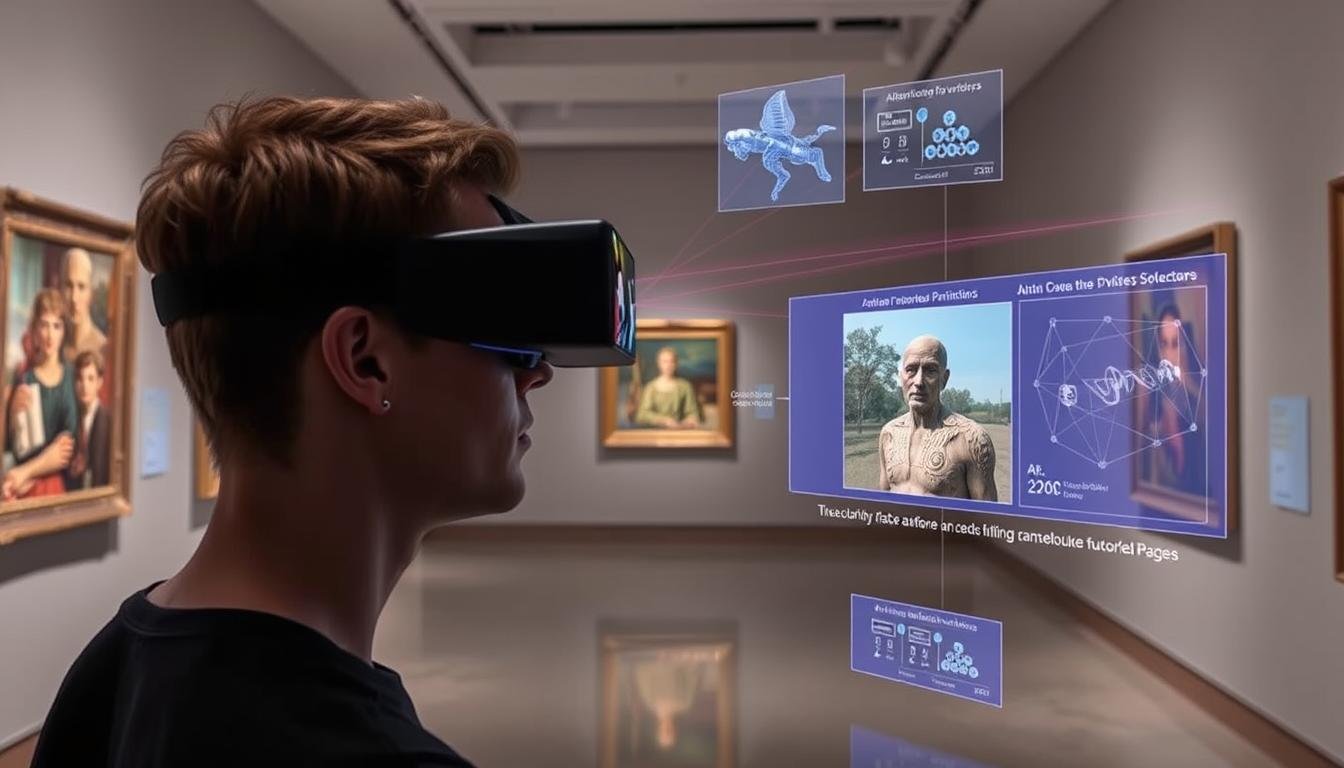
Real-Time Rendering Advancements
Current AI painting tools typically require seconds to minutes to generate images. However, research in optimization and hardware acceleration is rapidly reducing this time. Within the next few years, we can expect real-time AI painting systems capable of generating high-quality images at video frame rates, enabling AI-powered animation, live performance art, and interactive installations that respond instantly to input.
Multimodal Creation
Future AI painting systems will increasingly integrate with other creative modalities, including music, text, and motion. These multimodal systems will allow artists to generate cohesive creative works that span multiple senses, such as artwork that evolves in response to music or narrative elements that dynamically generate accompanying visuals.
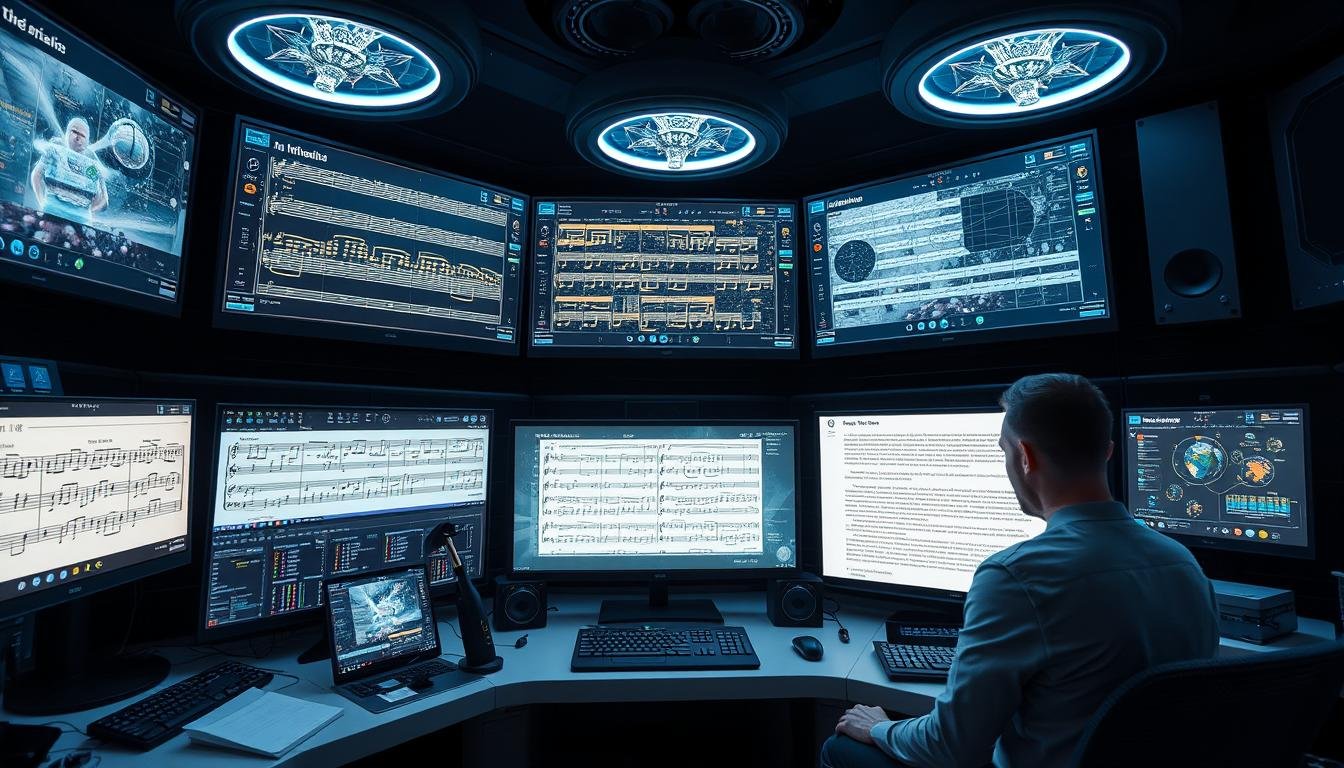
Human-AI Collaboration Tools
Rather than replacing human artists, the most promising direction for AI painting lies in collaborative tools that enhance human creativity. Future systems will likely offer more intuitive interfaces for directing and refining AI-generated content, allowing for seamless integration into existing creative workflows. These tools will emphasize the unique strengths of both human and artificial intelligence, creating new possibilities for artistic expression.
Personalized Models and Style Development
As fine-tuning becomes more accessible, artists will increasingly develop personalized AI models trained on their own work or preferred aesthetics. This will enable more consistent style application and the development of signature AI-assisted techniques unique to individual creators. We may see the emergence of “AI ateliers” where artists develop and share specialized models for particular artistic approaches.

Ready to Start Your AI Painting Journey?
Explore the tools and techniques discussed in this article to begin creating your own AI-generated artwork.
Conclusion: The Evolving Canvas
AI painting represents a fundamental shift in how we create, experience, and value visual art. As we’ve explored throughout this article, these technologies offer unprecedented creative possibilities while raising profound questions about the nature of creativity, authorship, and artistic value.
The technical foundations of machine learning models, GANs, and diffusion systems have enabled tools like DALL-E, Midjourney, and Stable Diffusion to transform text prompts into stunning visual compositions in seconds. These systems don’t simply automate existing processes—they establish entirely new creative paradigms that blend human direction with algorithmic execution.
While ethical concerns about copyright, attribution, and impact on human artists remain unresolved, the case studies we’ve examined demonstrate that AI painting is already finding meaningful applications across fine art, commercial design, and entertainment. Rather than replacing human creativity, these tools often enhance it, enabling faster iteration, broader exploration, and new aesthetic possibilities.

As we look to the future, the integration of AI painting with AR, real-time rendering, and multimodal creation promises even more revolutionary creative tools. The most exciting prospects lie not in autonomous AI creation but in thoughtful human-AI collaboration that leverages the strengths of both intelligence forms.
Whether you’re an artist exploring new mediums, a designer seeking efficiency, or simply a curious observer of technological evolution, AI painting invites us to reconsider our understanding of creativity itself. The canvas has expanded beyond physical limitations into a realm where imagination and algorithm converge, opening new frontiers for artistic expression in the digital age.
Explore more on our site:
- The Remote Tech Revolution in 2025
- ChatGPT vs Google Gemini: Which AI Assistant Wins in 2025?
- Offline Apps for Android: Navigate Without Internet
- The Evolution of Smartphones: From Flip Phones to Foldables
Begin Your AI Art Journey Today
Explore the tools, techniques, and possibilities of AI painting with our comprehensive resources.
